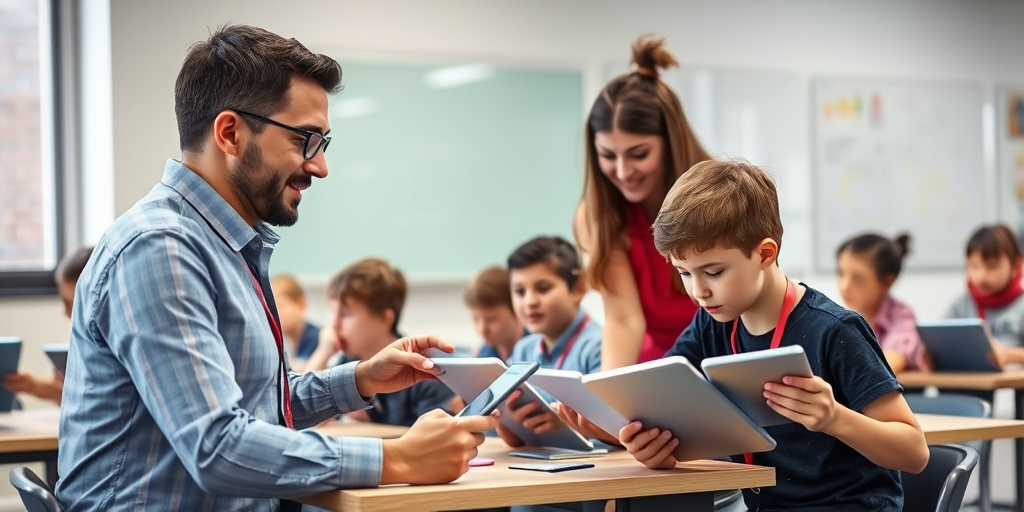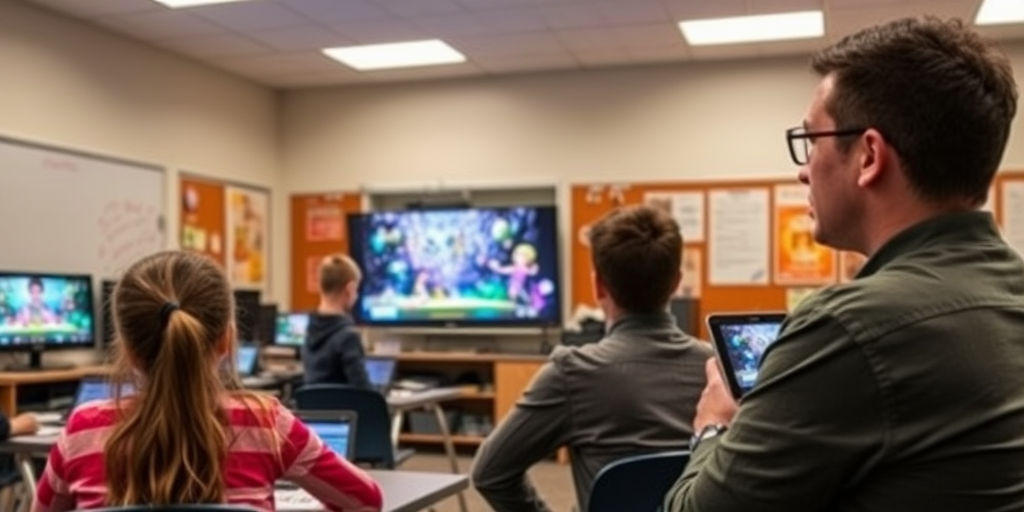Have you ever wondered why some classes feel more like epic quests than tedious lectures? I’ve experienced firsthand the transformative power of gamification—turning lessons into interactive adventures filled with challenges and digital rewards. In today’s education landscape, integrating game mechanics isn’t just about boosting engagement; it’s a dynamic strategy that ignites creativity and motivates genuine learning. Join me as I explore how gamification reshapes traditional teaching, making every lesson an opportunity to level up both knowledge and passion.
Benefits and Impact of Gamification in Modern Education on Student Engagement and Learning Outcomes
Innovative learning game techniques have transformed the traditional classroom by shifting focus from mere compliance to active engagement. Research reveals that rigid, control-based methods only produce rote responses, while gamified environments nurture autonomy and critical thinking. Students demonstrate a higher level of interest when game-inspired teaching methods are employed. Direct feedback from learners confirms that incorporating elements like challenges and interactive scenarios fosters a genuine passion for learning and encourages risk-taking in academic pursuits.
Reward‐driven education systems play a central role in this transformation. Digital badges, point systems, and other reward mechanisms help keep motivation levels high and stimulate a growth mindset. By integrating these techniques, educators offer clear milestones and immediate feedback, which not only tracks progress but also adjusts challenges to suit individual learning paces. This personalized approach allows for continuous monitoring of cognitive development, ensuring that every student receives the support necessary for optimal progress.
The overall impact on student performance and classroom dynamics is substantial. Gamification cultivates an environment where immersive experiences drive deeper understanding and retention of material. Students remain engaged longer, contributing to a more collaborative and interactive classroom culture. By blending innovative game-inspired strategies with practical feedback mechanisms, modern education systems are better equipped to boost academic performance while nurturing creativity and resilience among learners.
Challenges and Implementation Strategies for Gamification in Modern Education

Traditional educators often resist sweeping changes, while rigid educational structures make it difficult to incorporate interactive elements effectively. Educators face adaptive learning challenges when trying to introduce game-based problem solving amidst long-standing methods that emphasize standardization and conventional assessment. Research indicates that despite the clear benefits of gamified learning, concerns such as maintaining structured feedback and balancing risk-taking persist. In my experience, blending innovative teaching approaches with familiar curriculum demands requires careful, incremental adjustments that support critical thinking games and foster an environment of growth.
| Challenge | Implementation Strategy |
|---|---|
| Resistance to change | Promote professional development programs |
| Rigid curricula | Introduce blended education techniques |
| Assessment concerns | Utilize formative game assessments |
By combining these actionable strategies, educators are gradually aligning traditional educational goals with innovative gamified methods. Emphasizing teacher strategy innovations alongside formative game assessments creates a balanced atmosphere where adaptive learning challenges are not obstacles but opportunities for creative problem solving. This integrated approach supports dynamic teaching that meets assessment accuracy while building student autonomy and engagement. With careful planning and continuous feedback, schools can transform resistance into a platform for growth, enriching classroom dynamics and fostering an enduring culture of learning.
Final Words
In the action, we explored gamification—from defining its core concepts and witnessing its transformative benefits in classrooms to outlining practical strategies and addressing common challenges.
I examined how interactive classroom elements and digital game mechanics promote creativity and sustained engagement.
Reflecting on emerging trends, I see The Role of Gamification in Modern Education as a catalyst for innovative, student-centered learning.
These insights inspire me to embrace forward-thinking teaching methods and celebrate every step toward greater educational excellence.
FAQ
Q: What is gamification in education?
A: Educational gamification integrates game elements like points, badges, and challenges into learning environments to boost student engagement and motivation. It transforms traditional lessons into interactive, reward-based experiences.
Q: What are the main benefits of gamification in education?
A: Gamification increases student motivation, promotes active participation, and develops problem-solving skills. It creates personalized learning paths, fosters creativity, and provides immediate feedback on progress.
Q: What are some practical examples of gamification in the classroom?
A: Common examples include using Minecraft for creative projects, implementing digital badge systems, creating level-based learning modules, and designing interactive quizzes with point systems and rewards.
Q: How does gamification affect student motivation?
A: Gamification boosts student motivation through reward systems, progress tracking, and achievement recognition. It creates a positive learning environment where students actively engage with educational content.
Q: What challenges do educators face when implementing gamification?
A: Key challenges include adapting traditional curricula, ensuring proper assessment methods, and balancing entertainment with educational objectives. Professional development and strategic planning help address these obstacles.
Q: How is technology changing educational gamification?
A: Advanced technologies enable real-time performance tracking, adaptive learning paths, and virtual classroom innovations. Digital platforms offer increasingly sophisticated tools for creating engaging learning experiences.
Q: What future trends are emerging in educational gamification?
A: Emerging trends include artificial intelligence-driven adaptable content, virtual reality learning environments, and sophisticated progress tracking systems that personalize educational experiences.
